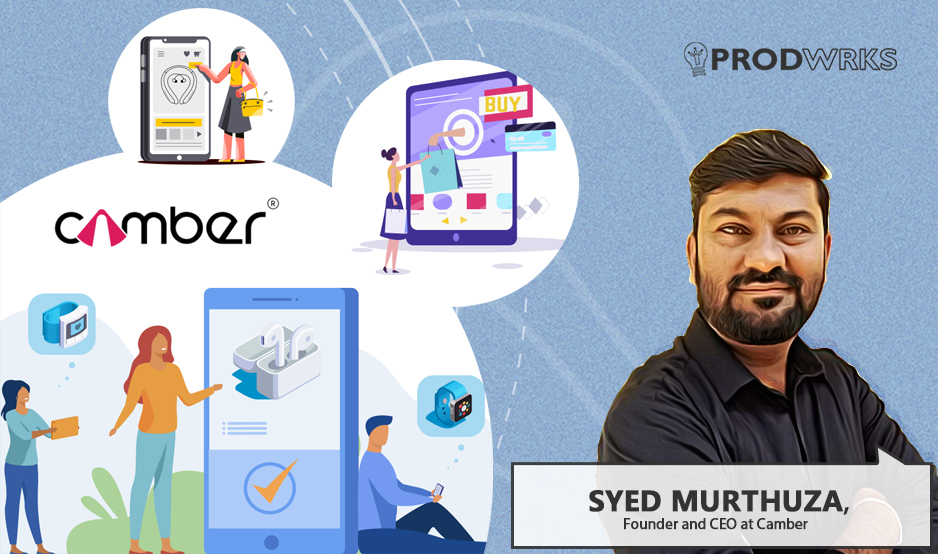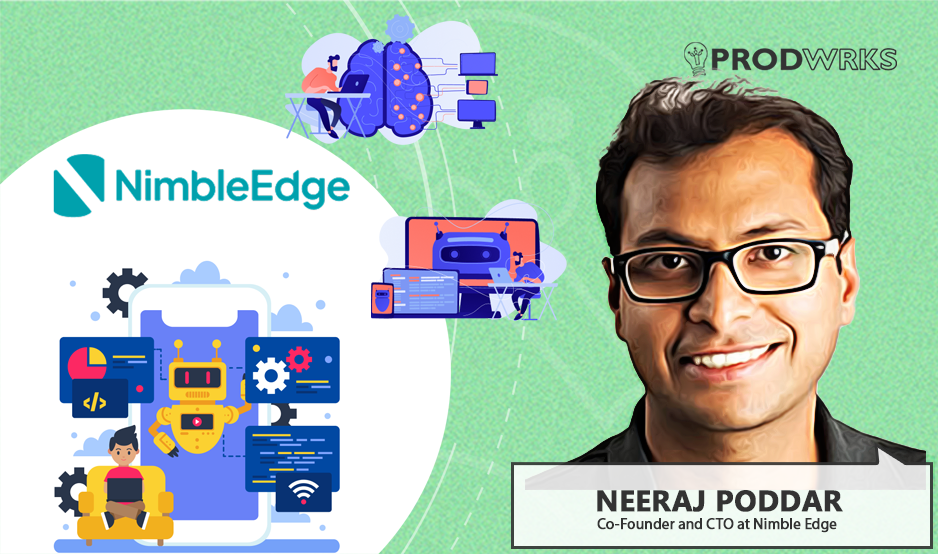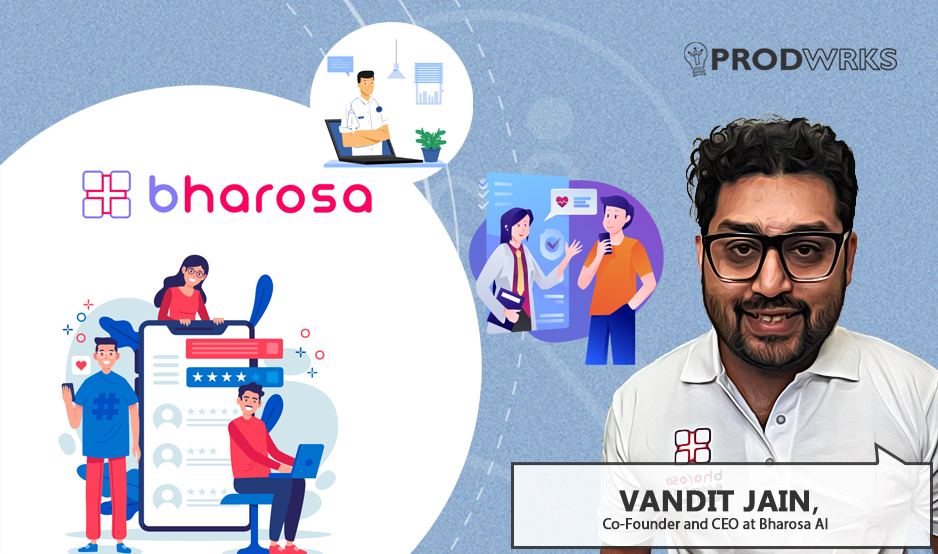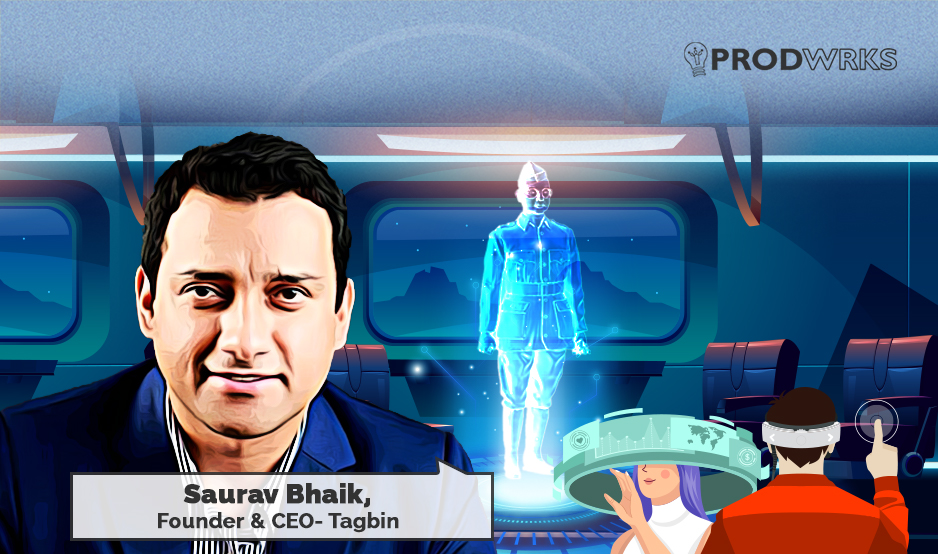
Can technology evoke emotions? Can it make users feel patriotic or invoke spiritual fervour? Can it make schoolchildren understand history without making them yawn? Saurav Bhaik’s Tagbin is building experiential technology solutions that can do all of the above.
Founded in 2013, Tagbin is an experiential reality company that blends storytelling with cutting-edge technologies like virtual reality (VR), artificial intelligence (AI), holography, and robotics to transform museums, exhibitions, cultural spaces, and iconic national landmarks into spaces for immersive experiences.
If you are well-traveled within India, there’s a chance that you might have already experienced Tagbin’s immersive experiences at the Pradhanmantri Sangrahalaya (Prime Minister’s Museum), the Azadi-Ke-Diwane experiential museum at the Red Fort, or the Ram Katha Museum in Ayodhya.
Saurav Bhaik, the visionary founder and CEO of Tagbin, shares his journey and insights into the art and science of creating unforgettable immersive experiences at scale.
Entering a New Era of Immersive Storytelling
Saurav Bhaik’s journey began at IIT Roorkee, where he studied electronics engineering. During his time there, he developed a keen interest in emerging technologies like VR and AR.
Saurav recalls his early tryst with VR, “In 2012, I built my first virtual reality game. I felt that these emerging technologies had a lot of potential to excite people if done well, leaving a significant impact on a user’s mind.”
Realizing the business applications of emerging technologies, Saurav started Tagbin in 2013. Initially, they built small-scale immersive experiences for brands in India and abroad. Later, the success of Tagbin’s museum projects in Dubai and Singapore drew the attention of the Indian Ministry of Culture, which wanted to showcase India’s rich culture and history through immersive technology.
Saurav says, “These projects demonstrated the practical applications of immersive technologies, setting the stage for more ambitious undertakings. We got exposed to how these technologies play a vital role in museums to attract the younger generation.”
Blending Technologies for Immersive Experiences
“Our experts blend technology with storytelling. We have a systematic approach to selecting the right combination of technologies to provide immersive experiences that serve a purpose,” says Saurav.

“The program can understand the questions visitors are asking and generate the right answer to that in real-time,” explains Saurav.
He highlights that people often make the mistake of confining experiential technology to just AR and VR. Being one of India’s oldest experiential solution providers, Saurav says that Tagbin focuses on more than just AR and VR to provide a wholesome experience to users.
“The big problem in India is that people don’t select the right technology for the right problem. Museums and experience centers could see footfalls in the thousands. A VR headset may not be the most hygienic choice here. So in that case, we use group virtual reality technology.”
Group VR concept: Using no goggles or HMD (head-mounted displays), a group of participants can view a virtual reality experience on a display, screen, or monitor, allowing for group engagement and participation.
Saurav emphasizes that it’s all about providing a “wow factor” to viewers.
The ‘Magic’ of Creating Immersive Experiences
Saurav says, “We wanted to pay homage to Netaji by creating something that closely resembled the real statue that was to be installed soon. We knew that this gesture was something that people would appreciate.”
“When you are using any technology for immersive experiences, the idea is to hide the gadgets just like a magician hides the trick. If we reveal the gadgets, the wow factor goes away. It’s these small nuances that bring a wow factor to experiential exhibits,” says Saurav.
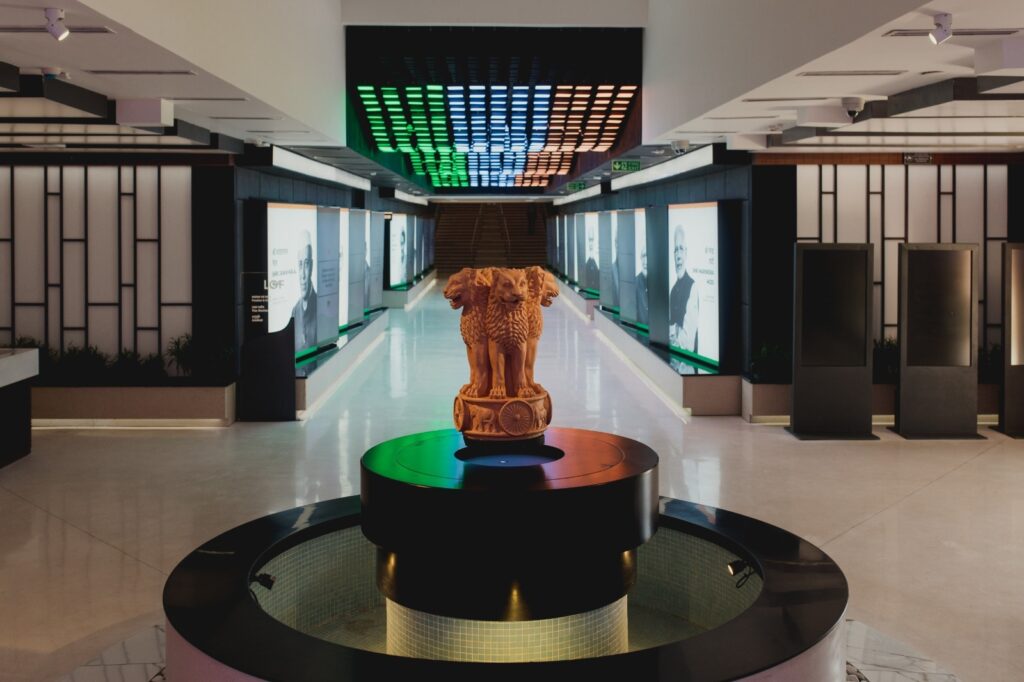
The Tagbin team has followed the same trick in the Prime Minister’s Museum in New Delhi, where they have installed a levitating art piece of India’s national emblem. To create the ‘wow factor’, they have cleverly hidden the Arduino microcontrollers, sensors, and electromagnets, drawing the focus towards the levitating art piece rather than the technology
Over the years, Tagbin has also become the go-to company in India for projection mapping. Tagbin’s projection mapping prowess can be inherently seen during the projection shows conducted at the Qutub Minar, the tallest minaret in India.

With projectors strategically placed to cover the entire monument, the visual delight can be enjoyed from the houses and rooftop restaurants dotted around the monument. Spectators in the nearby area can visit the show’s portal to fully immerse themselves in the experience by listening to the audio of the show.
“We have an entire gamut of new-age technologies - both hardware and software. The first thing we do when a client approaches us is to understand the real problem. We are hardcore believers in designing systems solutions that are replicable, user friendly, and serve a purpose,” says Saurav.
The Science Behind the Magic: Understanding User Experience in Experiential Technology
“We research to study users’ reactions to different experiences. Our neuroscientists help us understand our audience deeply and decipher their emotions, mindset, and attention span. They tell us that how people think as a group is different from their thought processes as individuals. It helps us design experiences using the right technologies to evoke the desired emotional response,” Saurav explains.
For instance, in designing the Prime Minister’s Museum, Tagbin found that younger visitors were more captivated by the technology itself, while older visitors focused more on the content.
“A 15-20-year-old might remember the VR headset, but a 25-30-year-old is more likely to recall the story it told,” Saurav notes. This insight allows Tagbin to balance technological novelty with substantive content, ensuring a holistic experience for all visitors.
And Tagbin’s processes don’t just stop with designing experiences. They also constantly monitor and track user engagement with the immersive experiences they’ve installed. Constant iterations by creating feedback loops are part of the process.
“We use heat maps to see how people interact with our systems. It can tell me where people are crowding and what exhibits they are interested in. Recently, we also installed cameras and systems to track facial expressions of users. It helps us better validate if the exhibits are evoking the desired emotions. For interactive exhibits, we can track how they are engaging with the experiences. Based on the feedback, we constantly revise and improvise our systems.”
“It's not very straightforward because it's a creative process in the end. But we try to make it as scientific and structured as we can using what we have learned from our experience.”
The Future of Experiential Technology
Tagbin’s journey from a small startup to a leader in experiential technology is a testament to the power of vision and innovation. Under Saurav Bhaik’s leadership, the company has not only embraced emerging technologies but also redefined how they can be used to enhance cultural and educational spaces.
With awareness around experiential technology and its use cases increasing day by day, Saurav is optimistic that Tagbin will play a crucial role in bridging India’s storied past and its promising future with immersive experiences.
He believes the next computer will be in our eyes, and the integration of visual computing with artificial intelligence is going to be the next big evolution of technology.
“There are very few companies that are working in both immersive and AI technologies. We are very excited to blend these technologies. I believe the companies that successfully blend multiple technologies and create unique use cases which solve real problems will be ultimate winners,” concludes Saurav

